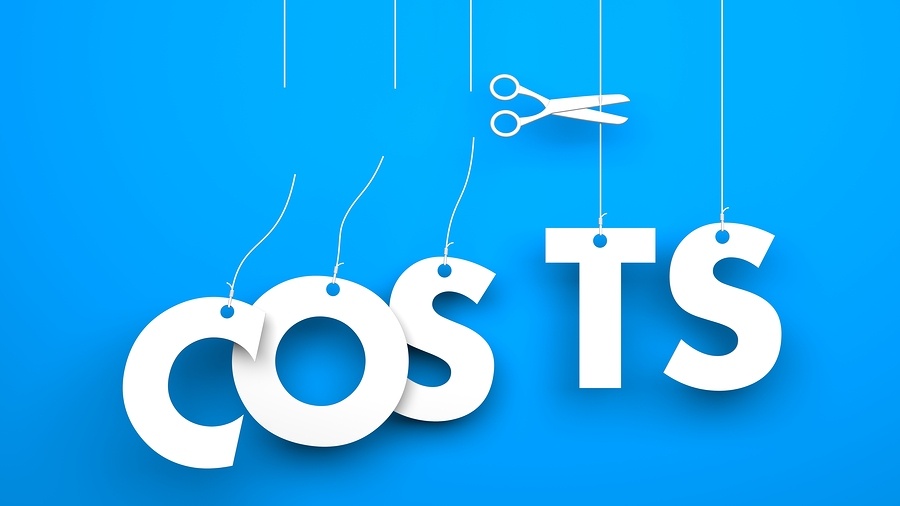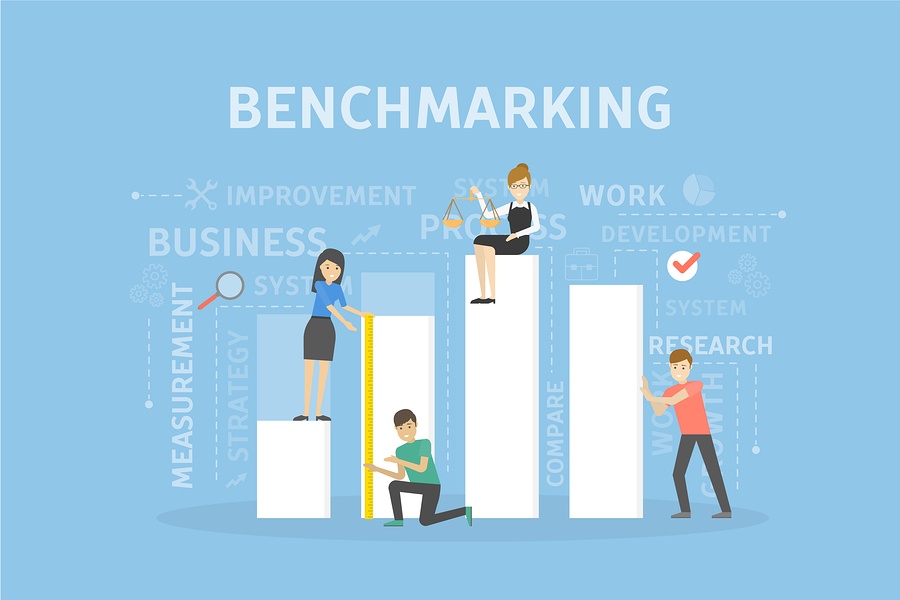Ask nearly any employee how they feel about the importance of health insurance and they’ll tell you it ranks pretty high on their list of priorities. Research backs this up time and time again. A 2017 Harvard Business Review survey reveals that employees value better health, vision and dental insurance over benefits like additional vacation time and work-from-home options.
As an employer or Human Resources professional, you know that health insurance is a must-have benefit workers want. What you may not know is how to choose a health insurance plan that keeps workers happy and attracts new talent to your organization. Here is a quick guide to selecting a plan that works for everyone.
Choosing What Type of Health Insurance Plan to Offer
Perhaps you’re an employer who has grown to the point where you have to legally start offering healthcare per the ACA, or perhaps you're still classified as a “small business” but would like to offer insurance as a retention and recruitment benefit. But where to start? Selecting health insurance for your employees may seem like an overwhelming decision. By breaking it down and approaching the decision step by step, you can better manage the decision making process.






















